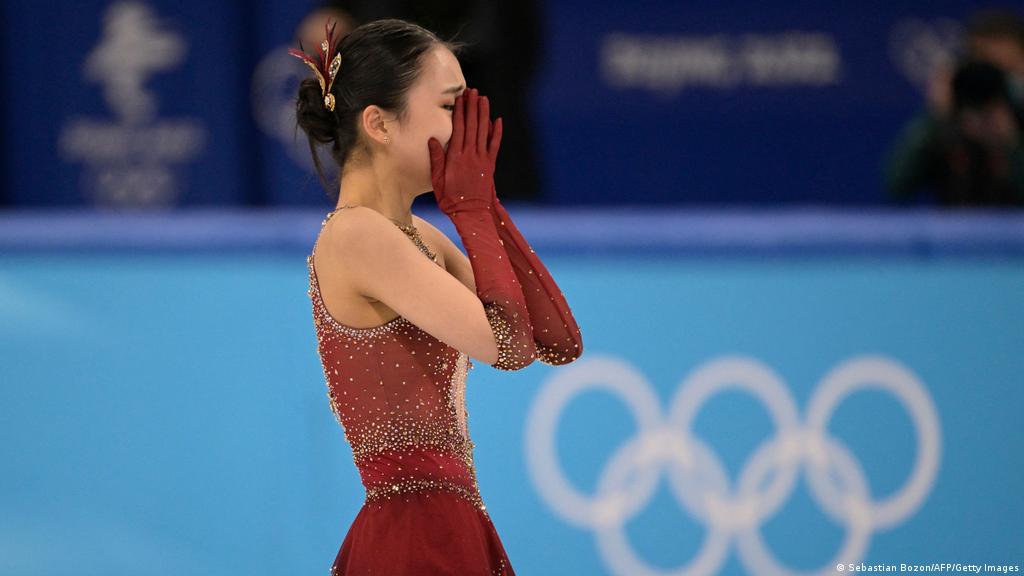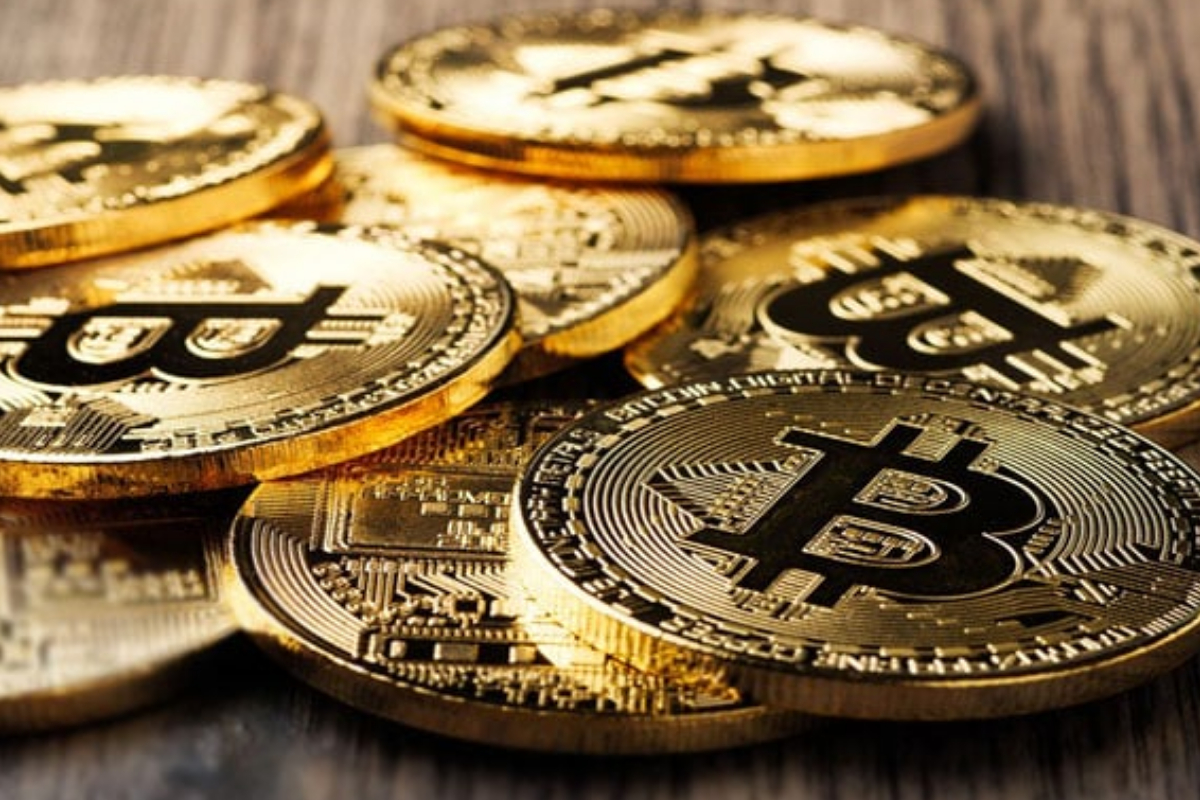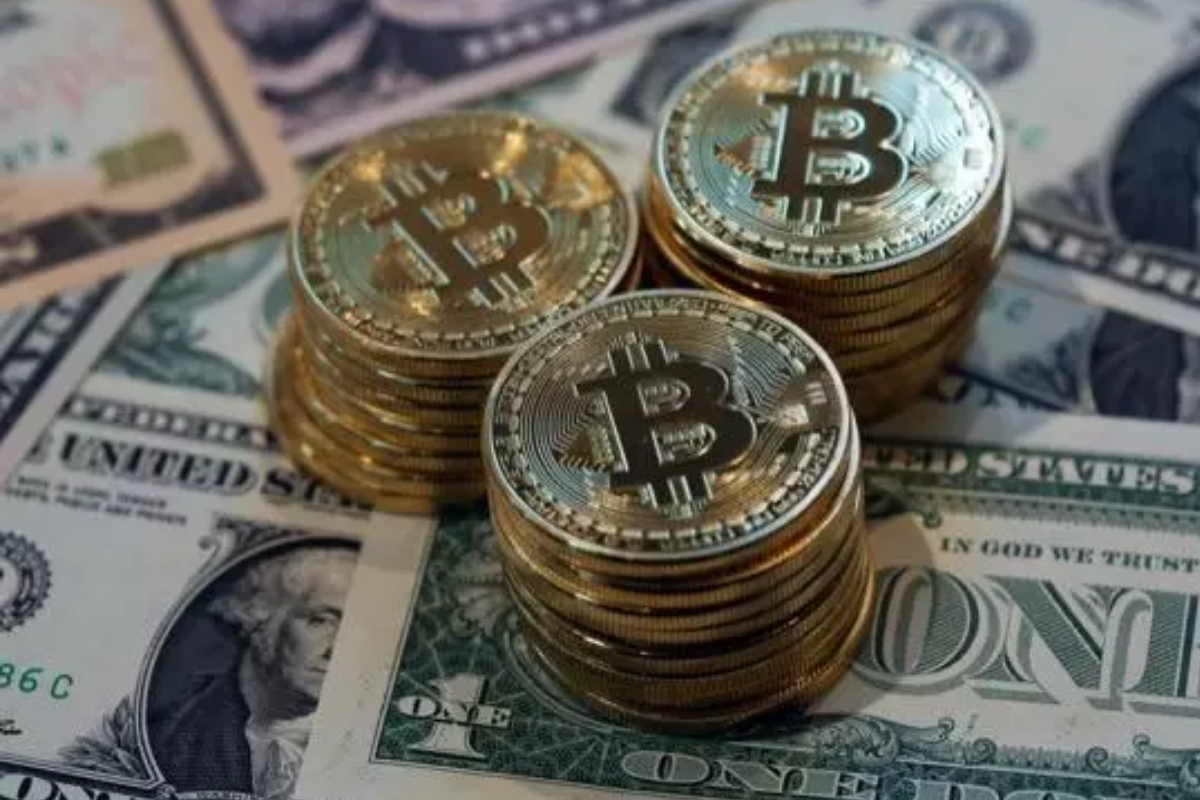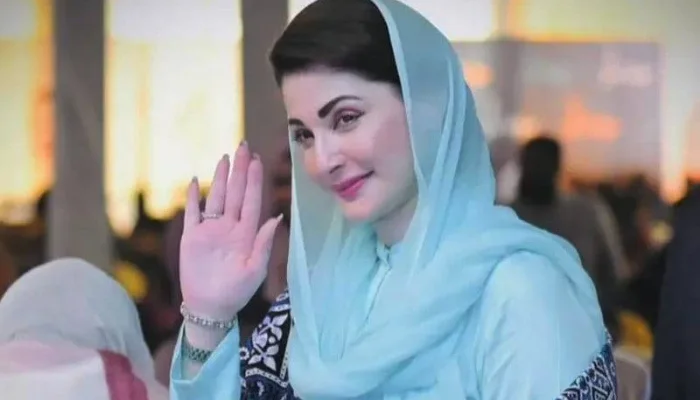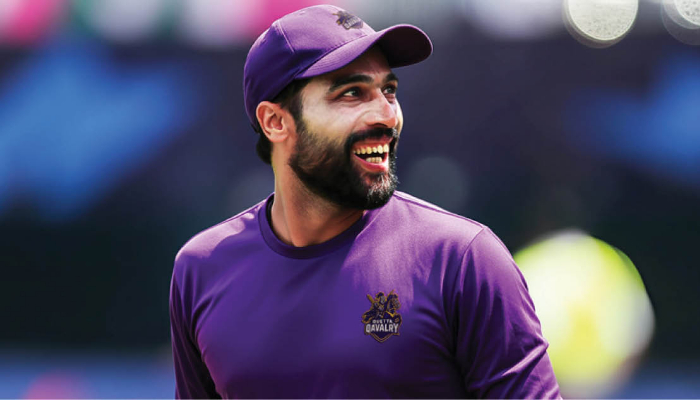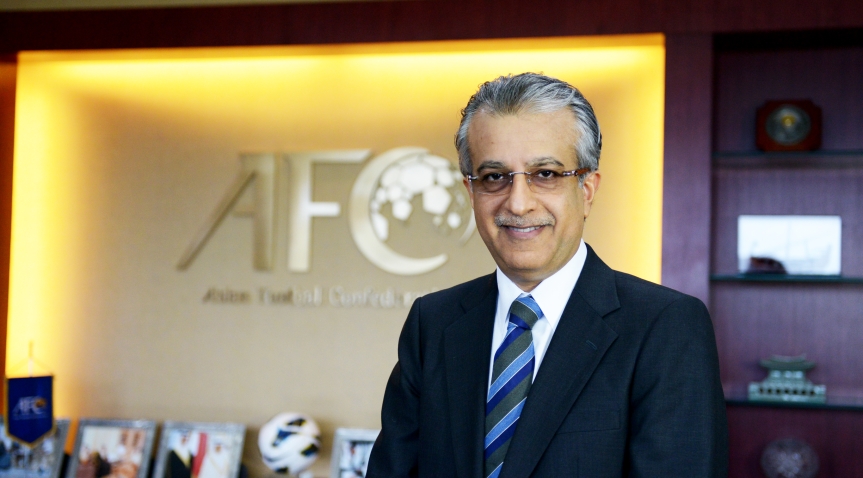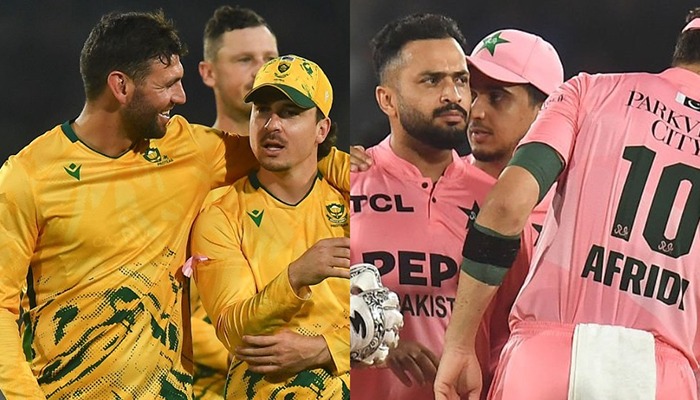TOKYO — Ariarne Titmus arrived in Tokyo on the verge of stardom. Over a week in Tokyo, she would swim for many gold medals and feel overwhelming bliss. Naturally, the 20-year-old Australian felt compelled to share her happiness.
Sports stars use social media platforms to stay connected with their fans. However, this form of ‘cyberbullying, also has a lot of disadvantages, which leads to the premature end of the careers of some athletes.
She didn’t log in to share a photo because Titmus had uninstalled every social media app from her phone in preparation for the Games. She’s not the only one. Caeleb Dressel, an American swimming sensation, also stated that he is “not on Instagram right now.” Annemiek Van Vleuten, a Dutch cycling medalist, claimed she “locked me off from social media.”
On the one hand, they are human, and humans crave social connection. Olympians are no exception. While isolated in Tokyo, many people have spent time on Instagram, Twitter, and TikTok. Many people interact with their fans and friends.
Many people are also aware that social media has become their most effective personal brand-building tool during brief times in the spotlight. Carissa Moore and Sunisa Lee, two breakout gold medalists, have posted frequently. Within 24 hours of earning the women’s all-around title, Lee surpassed 1 million Instagram followers.
However, as both experts and athletes agree, social networking may be risky. “It can be a little daunting at times,” Titmus admitted. It links athletes to external expectations, which some interpret as pressure, tension, and dread. This week, Simone Biles talked about feeling “the weight of the world” and being concerned about what others think. Dressel, who frequently documents his life on Instagram, has stated that doing so during the Games “exerts energy that I don’t need to exert.”
It’s all part of the modern Olympian’s conundrum, as many of them are only relevant outside their specialisation for two weeks every four years. Do they remain active on social media, grow their brand, and attempt to monetize their little time there?
There were ten times as many about the dangly Cool Ranch Doritos earrings she wore throughout the race as there were about her capturing the final berth on the US Olympic team by less than one-hundredth of a second.
“Now is the time for Olympic athletes to harness the power of social media,” said Doug Shabelman, CEO of Burns Entertainment, a marketing agency that connects celebrities with endorsement opportunities. “Being active while in the spotlight is your chance to gain more followers and make more money for your post-Olympics career.”
According to Shabelman, an athlete’s social media channels are “the No. 1 factor” that firms evaluate when evaluating possible partners. Corporations value authenticity just as much as follower count and audience engagement.
“I am human,” Sha’Carri Richardson tweeted on July 1 after being prevented from competing in the Olympics due to a positive marijuana test. The 21-year-old American sprinting sensation subsequently stated that she swallowed marijuana to cope with the death of her biological mother, but she also apologised for her error and resisted the impulse to whine about her punishment.
Sports marketing experts told earlier this month that Richardson’s sympathetic treatment made her more marketable than she was before her positive drug test. Since then, Beats by Dre has used Richardson in a new commercial teasing Kanye West’s upcoming album.
[embedpost slug=”/2022/04/psb-hires-two-foreign-instructors-to-train-taekwondo-athletes-for-cwg-asiad/”]

